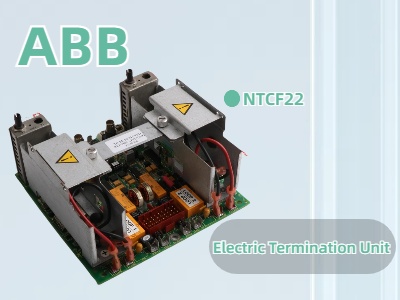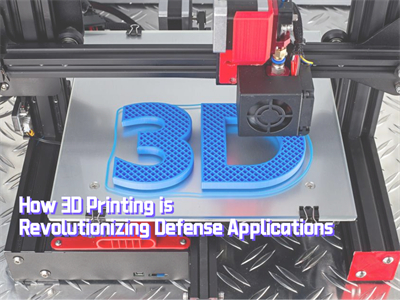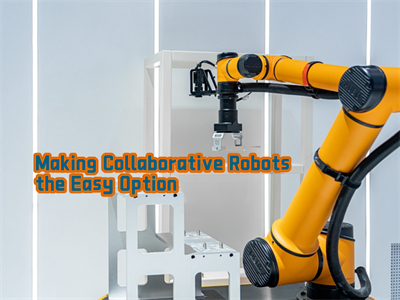Key Specifications
The ABB NTCF22 comes with several key features that make it highly reliable and efficient in automation systems. Here are its main specifications:
Usage and Applications
The ABB NTCF22 is designed to interface with optical communication systems, specifically used in industrial networks like INFI-Net. These networks are commonly found in process control, automation, and large-scale industrial systems. Its role as an optic-to-electric termination unit ensures that optical fibers can be connected to electronic devices without compromising signal integrity.
Why Choose ABB NTCF22 for Your Industrial Network?
When integrating or upgrading industrial automation networks, selecting the right termination unit is crucial. The ABB NTCF22 stands out because of its reliability, ease of integration, and minimal maintenance needs. It ensures that optical networks work effectively, even in harsh industrial environments.
Conclusion
The ABB NTCF22 is a vital component for ensuring smooth communication in industrial automation systems. Its role as an optic-to-electric termination unit allows businesses to build efficient and reliable networks. Whether you're setting up new networks or upgrading existing ones, the ABB NTCF22 provides a solution that meets high standards of performance and reliability. 25/02
25/022025
 25/02
25/022025
 25/02
25/022025
 21/02
21/022025
 25/02
25/022025
 20/02
20/022025
 18/02
18/022025
 17/02
17/022025

32D floor, Guomao building, Hubin South Road, Siming District, Xiamen City, Fujian Province, China.


 IPv6 network supported
IPv6 network supported
Our hours
